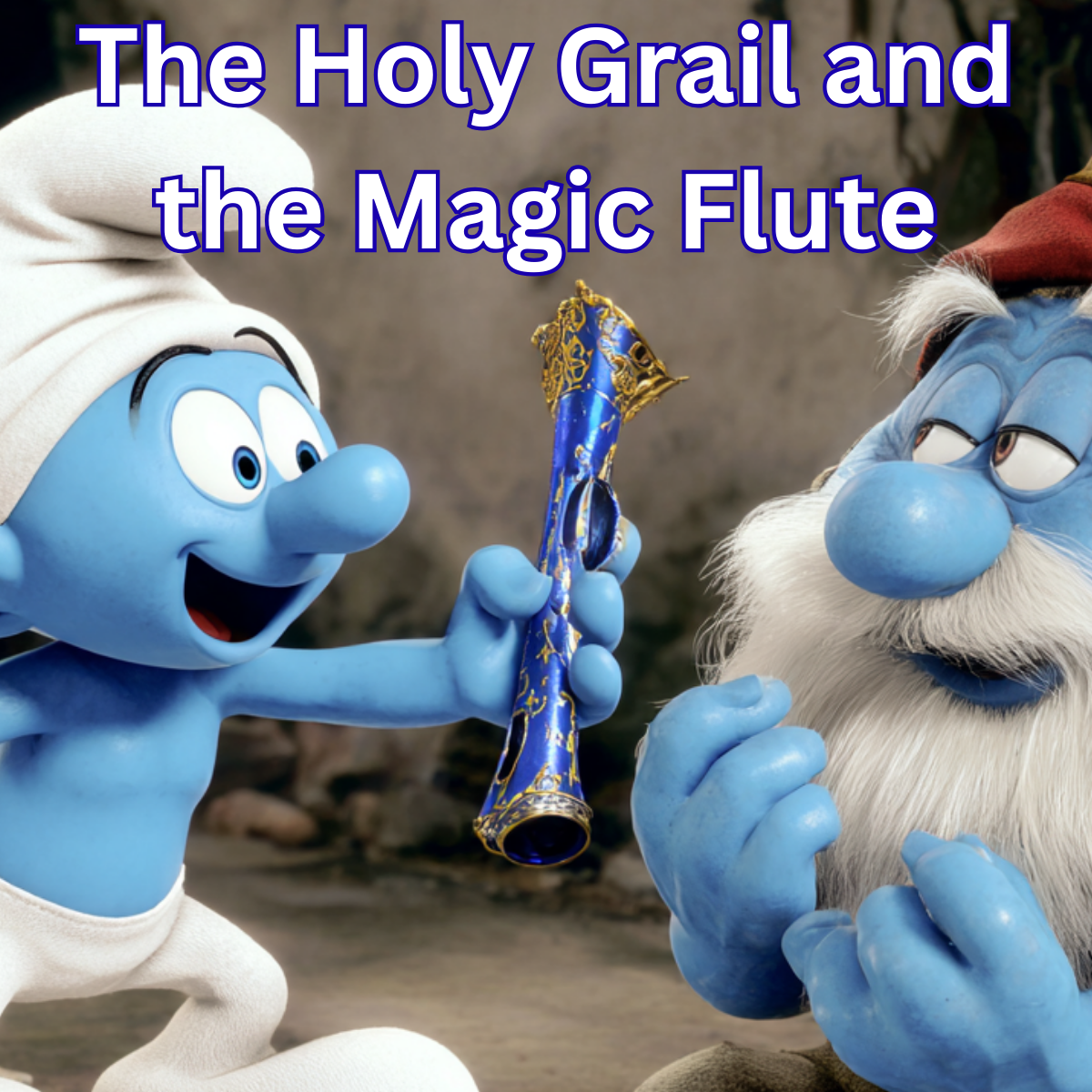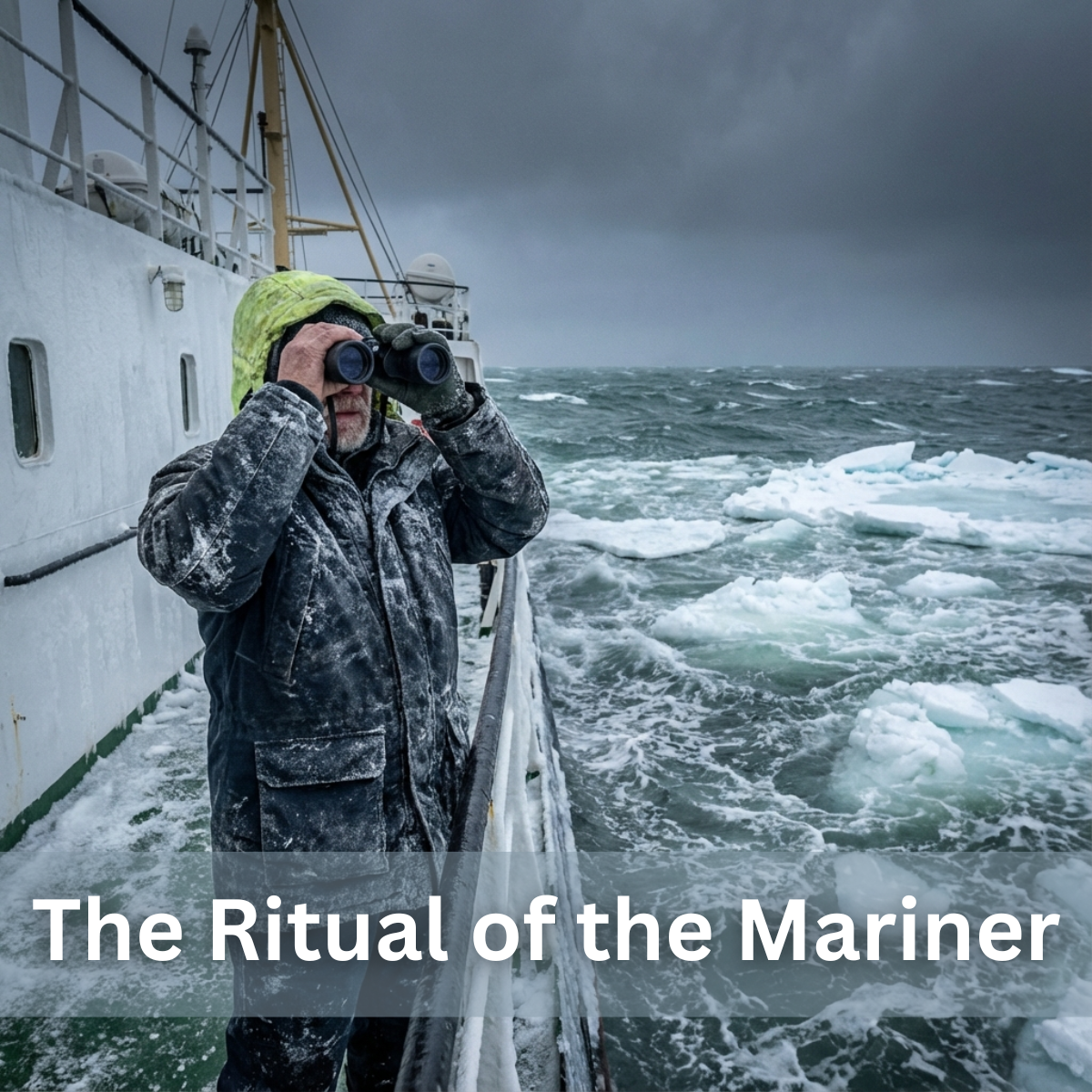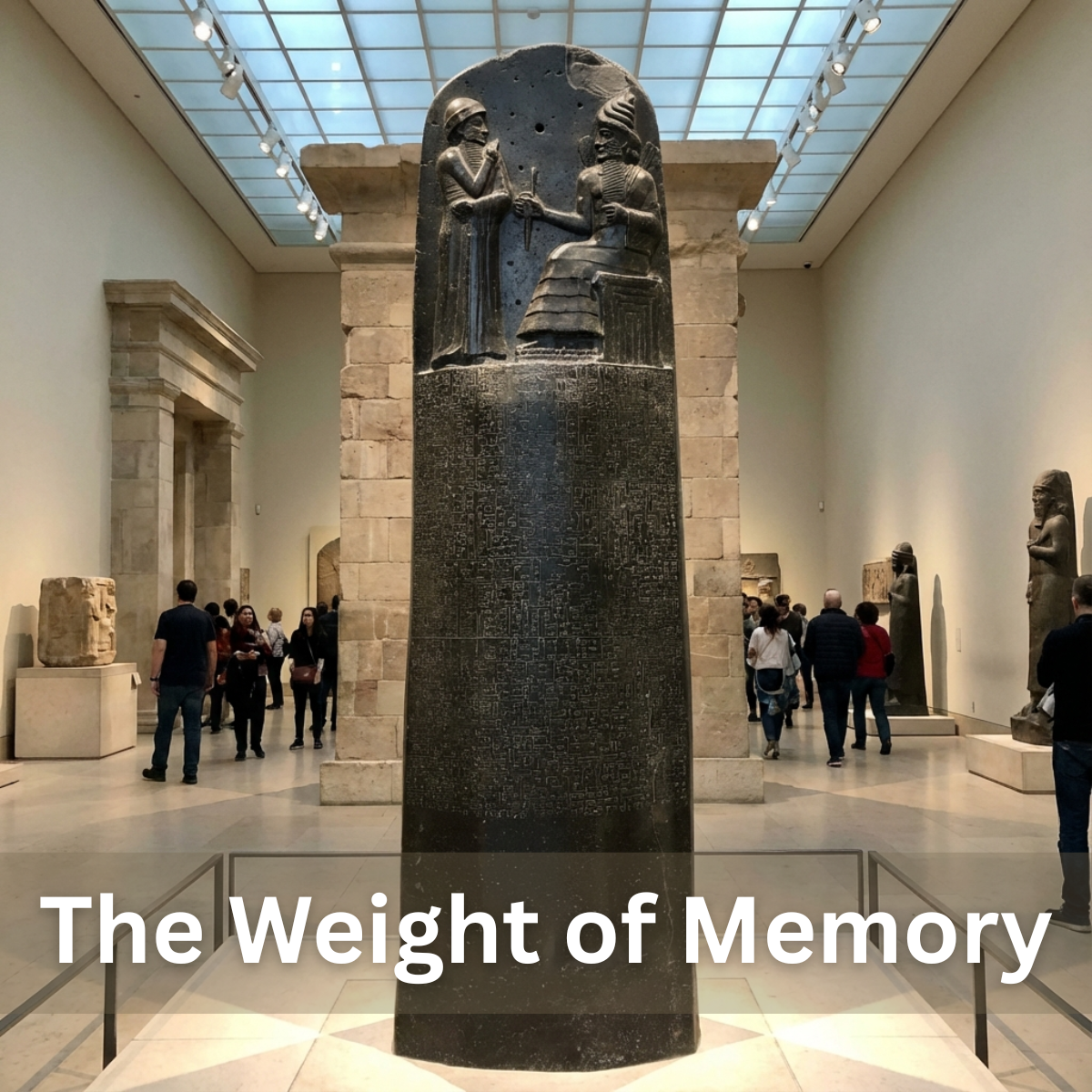The door burst open, and a young man rushed into the conference room, eyes wide with excitement.
“You guys have to see this! I’ve solved all our problems!”
Before anyone could respond, he connected his laptop to the projector. A sleek, polished interface appeared on the screen. It shimmered with possibility. The room fell silent as we took it in.
“Amazing,” we murmured together. The young man stood a little taller. This was the moment! He had found the silver bullet.
But then came the first question. “What does that button do?”
Silence. Then another voice: “How will we integrate the data?” Someone else asked about the logic, the use case, the differentiator. Slowly, the high faded. We realized that while the tool was powerful, the quest ahead was just as long and uncertain as it had been yesterday and perhaps even longer. Now anyone could wield the same tool. If we were going to be special, we would have to work for it.
Humans have always been drawn to magical objects such as the talisman, the relic, the artifact that will change everything. They promise us the feeling of ultimate empowerment, the fantasy that there is, somewhere, a single solution to all our problems. We convince ourselves that if we can just find it and prove ourselves worthy of it, then everything will fall into place.
It’s an old story. In The Smurfs and the Magic Flute, the young troubadour Peewit stumbles upon an enchanted flute that forces anyone who hears it to dance. When it’s stolen and used for crime, Peewit and Johan embark on a dangerous quest, guided by the wizard Homnibus to the Smurfs, who alone can craft another. The final battle is not about brute force but skill, discipline, and the will to see the mission through.
The same longing drives the Arthurian quest for the Holy Grail, which is a vessel of miraculous power, sought by knights who must prove purity, endurance, and worthiness. Even when the Grail is found, it is not merely taken and kept; it transforms those who reach it, because the real work was in the journey.
We live in a world that understands this yearning and uses it to sell us things. Every week there’s a new “magic” solution like the perfect diet, the revolutionary exercise gadget, the ultimate productivity app. So it’s no surprise that in business meetings, we find ourselves thinking: if only we could find that perfect tool, that magical software, our problems would vanish.
That’s why AI feels so intoxicating. We look at its capabilities and see the culmination of the fairy tale: the Holy Grail, the Magic Flute, the silver bullet. Surely this is it—the object that will solve everything.
But here’s the truth: there is no magical object. There never has been. AI will improve our work; in many ways, it already has. But the problems ahead will be harder, the challenges more complex, the stakes higher. The dragons will be bigger. Yes, tools like Vibe coding, Tabnine, Replit, Uizard, Bubble, and Builder are astonishing. They can shorten processes, speed up prototyping, and make the impossible seem almost casual. But they don’t replace the quest. They just change the terrain.
Because the moment you can build an app in an afternoon, someone will expect you to build thirty in a week. You’ll still have to stitch systems together, define the rules, and ensure they work. The work remains and perhaps grows because the tool exists.
The quest was never about finding the object. It was about becoming the kind of person and the kind of team that could face the challenges without one. The magic was never in the flute or the Grail; it was always in the journey, the choices, and the hard work that made us ready to use whatever we found along the way.





Love this:
AI will improve our work; in many ways, it already has. But the problems ahead will be harder, the challenges more complex, the stakes higher. The dragons will be bigger. Yes, tools like Vibe coding, Tabnine, Replit, Uizard, Bubble, and Builder are astonishing. They can shorten processes, speed up prototyping, and make the impossible seem almost casual. But they don’t replace the quest. They just change the terrain.
So many people think that all their works is done, and shake my head and say, nope it has only begun.